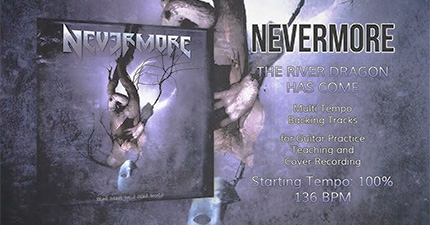I talk to a lot of people about anger. “How were you taught anger?” “What does anger feel like in your body?” “What do you do when you’re mad about something?” And the last one asked, always—”What are you angry about?”
Anger makes people want to throw up. It is easier, sometimes, to be sad than to be angry. Then, there are moments where it feels safer to show anger rather than sadness. There are a lot of emotions that we might not assume to be related to anger but are—disconnection, attachment, fear, and guilt.
When I talk about anger with people, we spend a lot of time talking about the emotions around anger rather than anger itself. You might feel anger at someone or something but, at the same time, you might feel afraid of your anger just as you were afraid of a parent when you were a child. You might feel anger but you might also feel guilt simultaneously about the anger.
Anger, like grief or desire, is an emotion that knows exactly what it is trying to do. But it isn’t easy to believe in our emotions. When we narrate our anger back to ourselves, we often narrative our perspectives metafictionally. According to Patricia Waugh, metafiction is a way of storytelling that creates an illusion and lays that illusion bare at the same time.
We engage with our emotions metafictionally. When we talk about anger, we talk about why we are mad but we also talk about why we feel that we should not be mad. We talk about what we see, what we feel, and what that makes us want to do but we also talk about the doubt of living life as ourselves and only ourselves. We wonder if our emotions are getting in the way of our compassion. We wonder if the other person sees it differently. We wonder if we are triggered and whether this feeling of anger is something that we need to adjust ourselves, in privacy, without making our narratives public.
Emotions are metafictional, which means that we talk about them as if they are real but also like they do not have to be real. Emotions are metafictional, which means that we find them when we tell stories from our own perspective.
Anger feels metafictional because anger seems to distort our bodies in surreal ways. It makes our stomachs turn, as if stomachs could turn. It makes our chests heat up, as if our hearts were fires stroked by sensation. It renders parts of our bodies numb and makes it seem as though others inflate like giant balloons. We describe our feelings in our bodies metafictionally, as fleeting sensations that seem real only when we pay attention to them
It’s not a problem for an emotion to be metafictional. All stories are metafictional stories. Emotions are metafictional, which means that they become more real when someone else hears them. Empathy makes doubtful stories seem truer. We understand that our emotions become believable through empathy when we understand that they are metafictional. The reason why anger is more metafictional than other emotions is because we find it hard to believe that we are in need of care when we are angry. This is also why anger is seen to be more divisive than sadness, because it makes it seem as though differences in perspective are irreconcilable.
Telling our stories of anger can be about telling the story of what happened yesterday. It can be about telling the story of a father’s anger or of a sister’s anger. It can be about the story of anger that became so distant that you could not even tell what flavor it came in because you were busy with something else.
Emotions are metafictional, which means that they function as a kind of hope. There is doubt around metafictions, that doubt that we are not the people we believe ourselves to be, but there is also the hope that our versions of events and histories (personal and otherwise) are able to find understanding. This is the hope of metafiction—that a reality that is not universal can still be shared.
1 of 188
>>>


